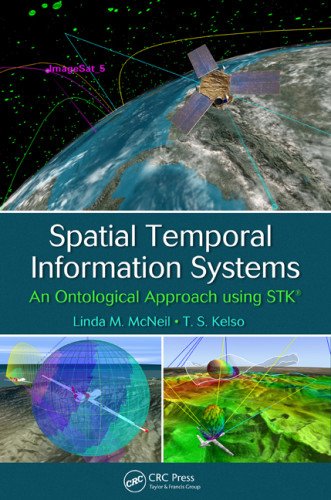

Most ebook files are in PDF format, so you can easily read them using various software such as Foxit Reader or directly on the Google Chrome browser.
Some ebook files are released by publishers in other formats such as .awz, .mobi, .epub, .fb2, etc. You may need to install specific software to read these formats on mobile/PC, such as Calibre.
Please read the tutorial at this link: https://ebookbell.com/faq
We offer FREE conversion to the popular formats you request; however, this may take some time. Therefore, right after payment, please email us, and we will try to provide the service as quickly as possible.
For some exceptional file formats or broken links (if any), please refrain from opening any disputes. Instead, email us first, and we will try to assist within a maximum of 6 hours.
EbookBell Team

0.0
0 reviewsDesigned to be a high-level, approachable resource for engineers who need further insight into spatial temporal information systems from an ontological perspective, Spatial Temporal Information Systems: An Ontological Approach using STK® explains the dynamics of objects interaction from signal analysis to trajectory design, spatial modeling, and other spatial analytics by using STK®, which is a general-purpose modeling and analysis application for any type of space, defense, or intelligence system.
Building a foundation to begin the study of spatial temporal information systems, the book details a form of analysis that is a powerful tool for modeling, engineering, and operations of space, cyberspace, satellites, missile defense, and electronic systems. It discusses the many applications of space technologies by using a mission-proven software for timely and cost-effective development that serves public interests in civil, commercial, academic, national, and international space communities. Written for readers with a background in physics or engineering, the book is also designed for the beginning analyst sitting behind a desk who needs more information on STK.
Upon reading this book, STK new users and power users will not only understand what the tools are, but also how the software can be used to make their job easier. In addition, satellite operators and analysts benefit from the ability to utilize a variety of propagators satellite applications. Analytics, semi-analytic and numerical integrators are discussed, including Keplerian orbital elements and full numerical integration of STK’s High Precision Orbit Propagation or simplified as a two-body analysis. This tool, as well as this book, will bring breadth and depth to the understanding of systems dynamics and the ontology of objects in relationship to other objects and vehicles including central bodies.